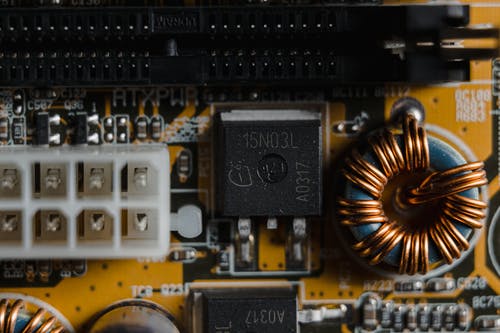Superconductivity
Superconductivity is the absence of any electrical resistance of some materials at specific low temperatures. As a starting point this is pretty vague, so let’s define it a bit more clearly.
The benefits of a superconductor is that it can sustain a current indefinitely, without the drawback of resistance. This means it won’t lose any energy over time, as long as the material stays in a superconducting state.
Uses
Superconductors are used in some magnetic devices, like medical imaging devices and energy-storage systems. They can also be used in motors, generators and transformers, or devices for measuring magnetic fields, voltages, or currents.
The low power dissipation, high-speed operation and high sensitivity make superconductors an attractive prospect. However, due to the cool temperatures required to keep the material in a superconducting state, it’s not widely utilised.
Effect of temperature
The most common temperature that triggers the superconductor effect is -253⁰C (20 Kelvin). High-temperature superconductors also exist and have a transition temperature of around -193⁰C (80K).
This so-called transition temperature is not easily achieved under normal circumstances, hence why you don’t hear about superconductors that often. Currently superconductors are mostly used in industrial applications so they can be kept at low temperatures more efficiently.
Type I and Type II
You can sort superconductors into two types depending on their magnetic behaviour. Type I materials are only in their superconducting state until a threshold is reached, at which point they will no longer be superconducting.
Type II superconducting materials have two critical magnetic fields. After the first critical magnetic field the superconductor moves into a ‘mixed state’. In this state some of the superconductor reverts to normal conducting behaviour, which takes pressure off another part of the material and allows it to continue as a superconductor. At some point the material will hit its second critical magnetic field, and the entire material will revert to regular conducting behaviour.
This mixed state of type II superconductors has made it possible to develop magnets for use in high magnetic fields, like in particle accelerators.
The materials
There are 27 metal-based elements that are superconductors in their usual crystallographic forms at low temperatures and low atmospheric pressure. These include well-known materials such as aluminium, tin and lead.
Another 11 elements that are metals, semimetals or semiconductors can also be superconductors at low temperatures but high atmospheric pressure. There are also elements that are not usually superconducting, but can be made to be if prepared in a highly disordered form.


